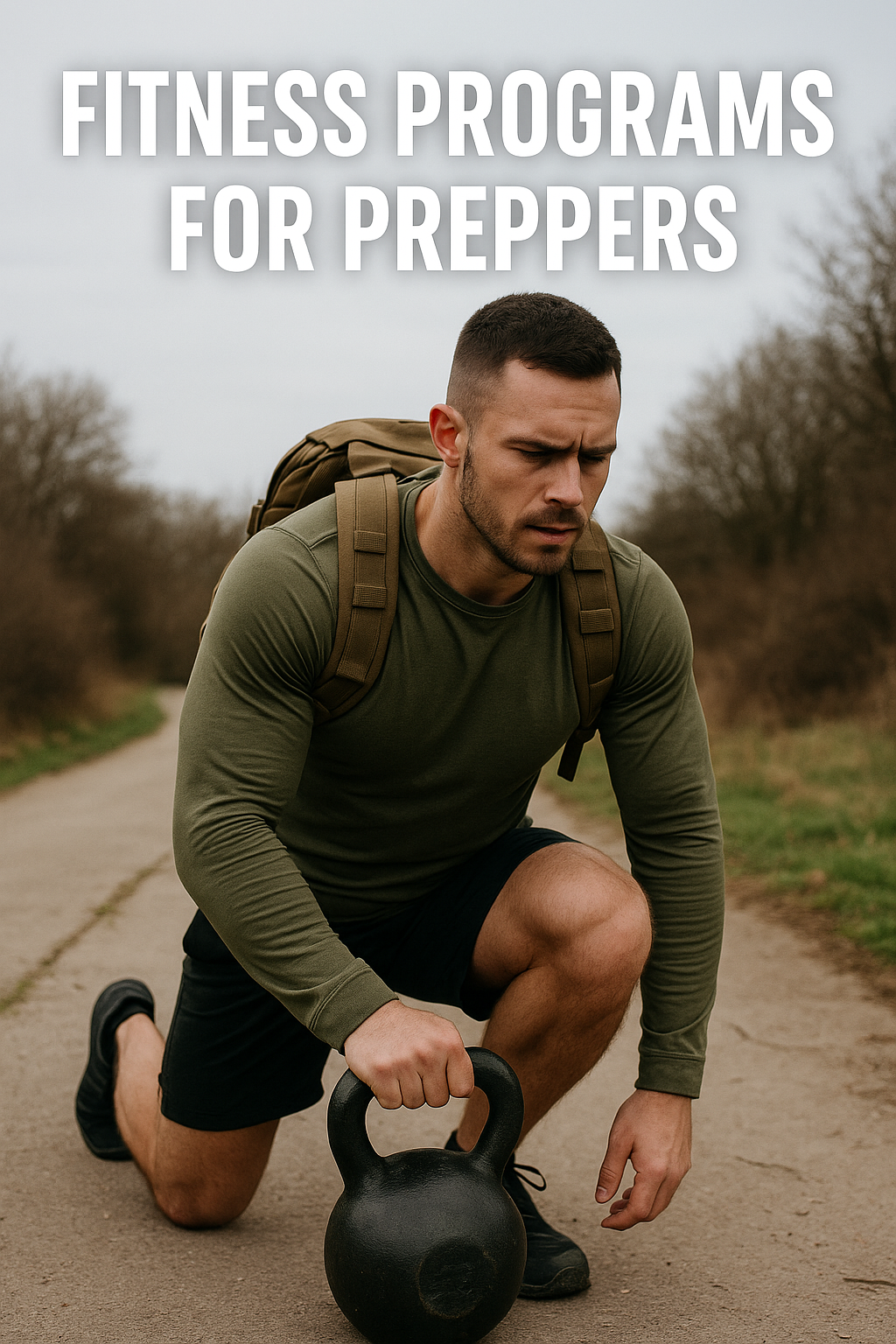When disaster strikes, being prepared is crucial for staying safe and self-sufficient until help arrives or conditions improve. A do-it-yourself (DIY) emergency kit is a personalized collection of items that can sustain you and your loved ones through various emergencies. Here is a comprehensive guide to assembling your own emergency kit filled with essentials.
1. Water:
The most critical component of your emergency kit is water. The rule of thumb is to have at least one gallon of water per person per day for at least three days. This should cover both drinking and sanitation needs. You can store commercially bottled water or fill clean, airtight containers specifically designed for water storage.
2. Food:
Include a three-day supply of non-perishable food items per person. Choose ready-to-eat canned meats, fruits, vegetables, and a can opener. Other options are protein or fruit bars, dry cereal, peanut butter, nuts, crackers, and dried fruits. Remember baby food and pet food if necessary.
3. First Aid Kit:
A well-stocked first aid kit is essential. Include various sized adhesive bandages, sterile gauze pads, adhesive tape, antiseptic wipes, tweezers, scissors, disposable gloves, and a first aid manual. Consider personal medications, both prescription and over-the-counter, such as pain relievers, anti-diarrhea medication, antacids, or laxatives.
4. Multipurpose Tool:
A
5. Flashlight and Batteries:
A reliable flashlight is indispensable for power outages or nighttime situations. Opt for long-lasting, durable flashlights, and don’t forget to pack extra batteries or consider solar-powered or hand-crank options.
6. Emergency Whistle:
An emergency whistle can signal for help in situations where you might be trapped or otherwise unable to call out.
7. Dust Masks:
Pack dust masks for each member of your family to help filter contaminated air, especially useful in case of fires or air-borne particulate matter.
8. Sanitation Supplies:
Include moist towelettes, garbage bags, and plastic ties for personal sanitation. A small bottle of hand sanitizer or liquid soap would also prove useful.
9. Clothing and Bedding:
Pack a change of clothes for each person, focusing on weather-appropriate items like warm layers, rain gear, and sturdy shoes. Also consider adding blankets or sleeping bags for warmth. If you are in a more urban area consider Concealment clothing and accessories
10. Local Maps:
Local maps can be invaluable when you need to navigate without GPS or internet service, particularly if you have to find an alternate route or shelter location.
11. Cash:
ATMs and credit card machines may not work in a disaster. Keep small denominations of cash on hand for necessary purchases.
12. Important Documents:
Copies of important documents such as insurance cards, identification, bank account records, and family records should be kept in a waterproof, portable container. View our Protecting sensitive documents before SHTF to keep your documents safe
13. Cell Phone with Chargers:
Include a cell phone with a
14. Special Needs Items:
Remember to include items for children, elderly relatives, or members with special needs, such as diapers, formula, contact lenses/supplies, or hearing aid batteries.
15. Additional Items:
Depending on your geographic location and personal circumstances, you might also want to pack a tent, sleeping pads, fire extinguisher, matches in a waterproof container, and additional tools or supplies.
Store your DIY emergency kit in a cool, dry place that is easily accessible in a hurry, and make sure all family members know its location. Regularly check your kit to rotate out any expired items and keep it up to date with the needs of your family.
By putting together your own DIY emergency kit, you are taking a vital step towards ensuring the safety and security of yourself and those around you in the face of potential emergencies. Stay safe and prepared!





